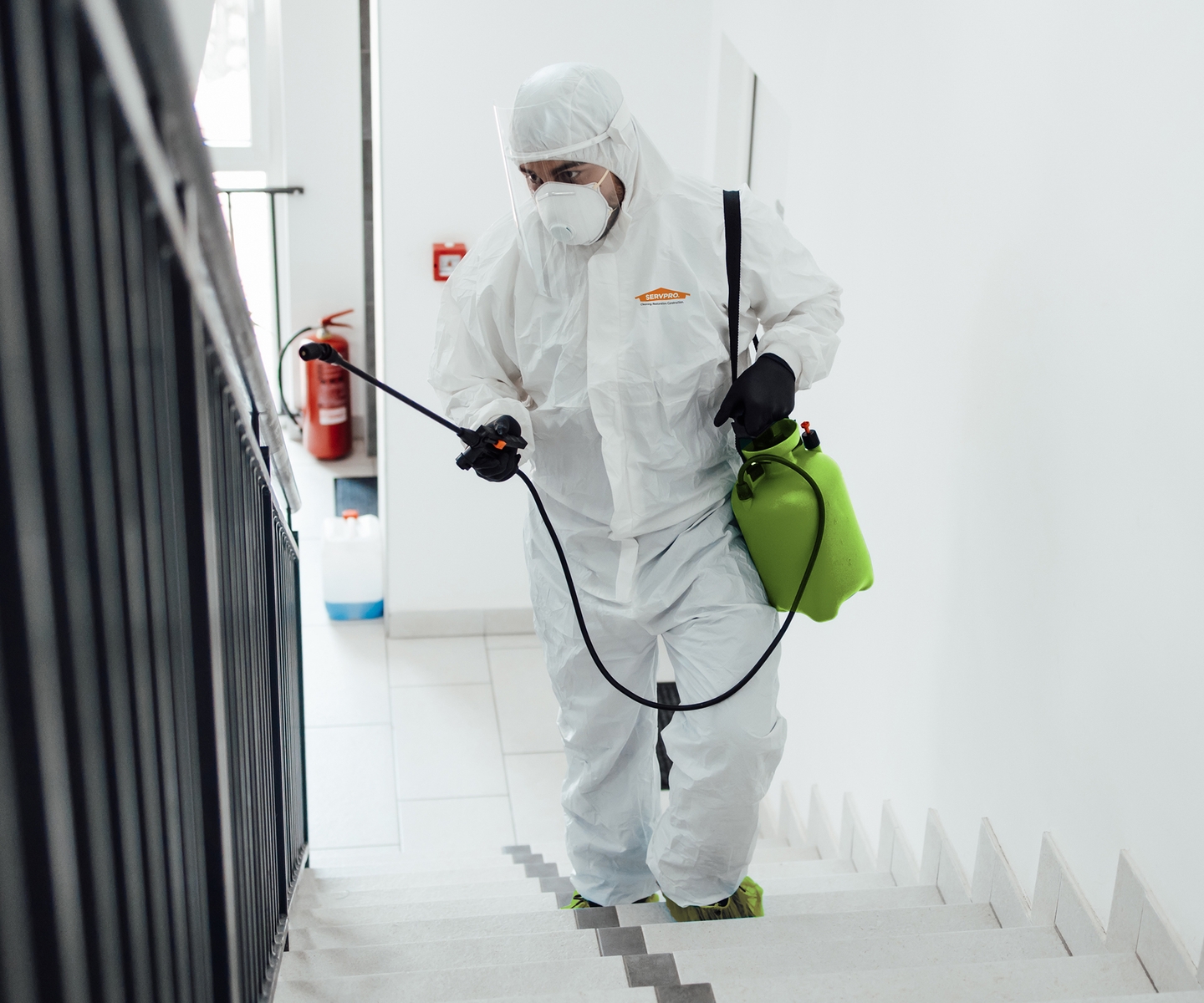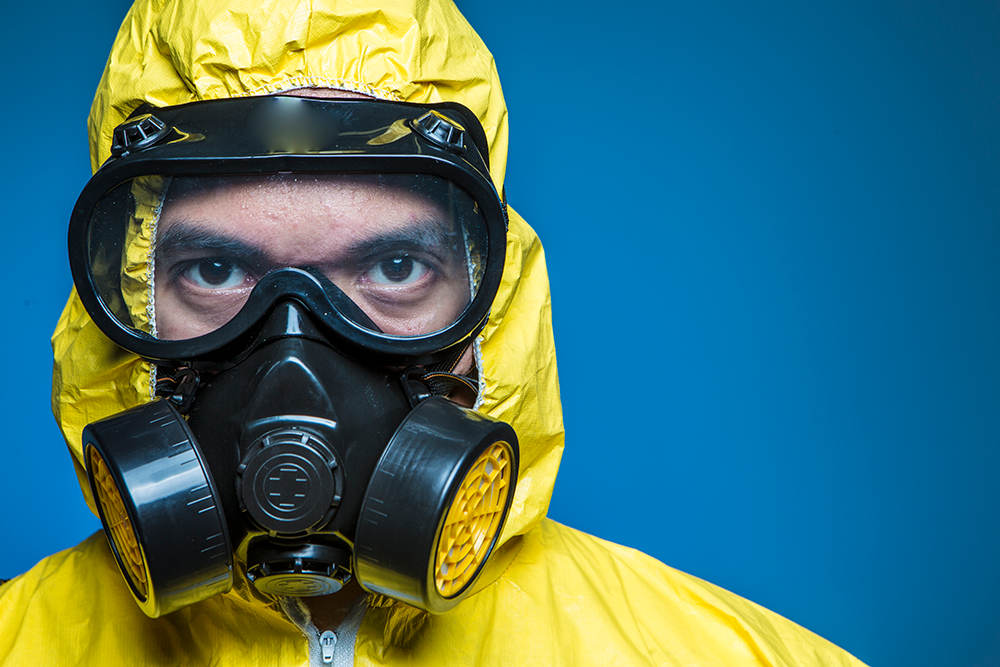Specialist Biohazard Clean-up for Criminal Offense Scenes, Trauma Incidents, and Contaminated Rooms
In the realm of professional biohazard cleaning, thorough focus to information and adherence to safety procedures are paramount. As we delve right into the ins and outs of biohazard clean-up for these delicate environments, a much deeper understanding of the difficulties and important procedures involved will certainly emerge, losing light on the crucial function of professional cleaning services in recovering security and peace of mind.

Significance of Biohazard Clean-up
Biohazard cleaning following criminal offense scenes and injury events is critical for guaranteeing the safety and security of individuals and the setting. When these incidents happen, they usually leave behind a range of biohazards such as blood, physical liquids, and various other potentially contagious products. These materials can nurture dangerous microorganisms like infections and microorganisms, posturing major health and wellness threats otherwise properly cleaned and sterilized.
Expert biohazard clean-up solutions are educated to manage these unsafe products securely and effectively. They have the necessary devices, such as personal protective gear and specialized cleaning up representatives, to completely sanitize the impacted locations. By entrusting the cleanup to skilled specialists, individuals can avoid direct exposure to harmful virus and stop the spread of contagious diseases.
Moreover, correct biohazard cleaning is crucial for shielding the setting. Inappropriate disposal of biohazardous products can pollute soil, water sources, and air, positioning a threat to wild animals and the ecological community. By adhering to stringent clean-up protocols, professionals can make certain that biohazards are securely eliminated and thrown away based on guidelines, reducing the risk of environmental contamination.
Kinds Of Biohazards Encountered
Numerous harmful materials typically encountered in crime scenes and trauma events present considerable health and wellness risks otherwise managed properly. Blood and bodily fluids are among the most common biohazards discovered in these situations. These fluids can carry virus such as HIV, hepatitis B and C, and various other harmful microbes. Furthermore, cells, organs, and body components can also posture major wellness dangers due to prospective contamination.
Another kind of biohazard typically encountered is sharp items like needles, damaged glass, and various other items that can cause injuries and transfer infections. Chemical hazards are also a worry, as criminal offense scenes might have substances like tear gas, pepper spray, or medication production products that require customized handling and disposal treatments to avoid additional damage.
In addition, mold and mildew and bacteria growth can happen in areas where decay or long term direct exposure to dampness has actually occurred. These microorganisms can release toxins and allergens into the air, presenting breathing dangers to those revealed. On the whole, biohazard cleanup professionals must be qualified and fully equipped to efficiently deal with these different kinds of dangerous materials to guarantee the safety and security of themselves and others.
Tools and Protective Gear
When addressing the important task of handling biohazards encountered in criminal offense scenes and injury cases, the application of proper tools and safety equipment is vital to making sure the security of individuals included in the cleanup procedure. Personal safety equipment (PPE) such as handwear covers, coveralls, masks, and safety glasses are necessary to stop direct call with potentially harmful materials. Respirators are vital when taking care of biohazards that may end up being air-borne, safeguarding employees from inhaling dangerous fragments. Specialized cleaning devices like biohazard disinfectants, bags, and sharps containers are required for the secure collection and disposal of polluted products. Additionally, sturdy devices such as industrial-grade cleaner, foggers, and ozone generators might be required to extensively sanitize the damaged area. Making sure that all equipment is effectively maintained, frequently evaluated, and used according to safety and security guidelines is important in decreasing the danger of exposure to biohazards throughout cleaning operations.
Cleanup Process and Techniques
Effective and detailed cleanup of biohazardous materials from criminal offense scenes and trauma events needs careful interest to information and adherence to rigorous security procedures. The cleaning process normally involves several key actions. Originally, the location has to be analyzed to establish the level of contamination and the appropriate cleaning strategies required. Next, all biohazardous products, including blood, physical liquids, and tissue deposits, need to be very carefully eliminated and gotten rid of in accordance with neighborhood guidelines.
Adhering to the elimination of biohazardous products, the afflicted area undergoes a complete cleansing and disinfection process. This action includes the use of specialized cleansing agents and devices to guarantee that all traces of contamination are gotten rid of. After cleaning, the location is subjected to extensive screening to confirm that it is risk-free and free of any continuing to be biohazards.

Decontamination and Disposal Procedures
To ensure extensive decontamination and proper disposal of biohazardous materials, adhering to the thorough clean-up process, certain procedures need to be diligently adhered to with rigorous adherence to safety and security methods. Purification involves the removal or neutralization of contaminants to reduce the danger of exposure and spread of dangerous compounds. This procedure commonly consists of cleansing, decontaminating, and sanitizing the affected area making use of specific equipment and EPA-approved chemicals.
When decontamination is finished, proper disposal of biohazardous products is essential to stop further contamination or injury. Biohazardous waste, such as blood-soaked materials or physical liquids, should be meticulously collected, packaged, and identified according to regulatory guidelines. ATP testing. These products are then transported to accredited centers for disposal with appropriate networks, making certain compliance with local, state, and government regulations

Verdict
To conclude, expert biohazard clean-up is critical for guaranteeing the reliable and secure elimination of harmful materials from crime scenes, injury incidents, and polluted areas. By utilizing customized tools, protective equipment, and following correct clean-up procedures and methods, biohazard cleaning groups can properly dispose and sanitize of biohazards, decreasing the danger of direct exposure and crime scene cleanup program damage to individuals and the setting.
As we dig into the details of biohazard clean-up for these delicate atmospheres, a much deeper understanding of the difficulties and crucial treatments involved will certainly emerge, losing light on the crucial function of professional cleanup services in recovering safety and security and tranquility of mind.
Professional biohazard cleaning services are trained to take care of these harmful materials securely and properly. By following strict clean-up procedures, experts can make certain that biohazards are safely gotten rid of and disposed of in accordance with guidelines, reducing the danger of environmental contamination.
In general, biohazard cleaning professionals have to be fully equipped and trained to efficiently manage these numerous kinds of dangerous materials to guarantee the security of themselves and others.
When resolving the crucial job of taking care of biohazards run into in crime scenes and trauma occurrences, the utilization of proper devices and safety gear is critical to making sure the safety and security of people included in the cleaning procedure.